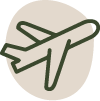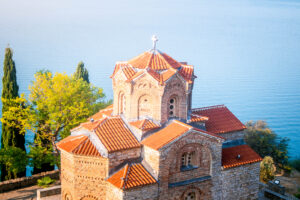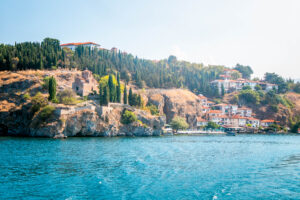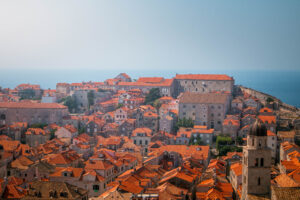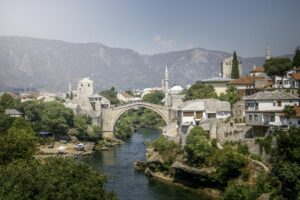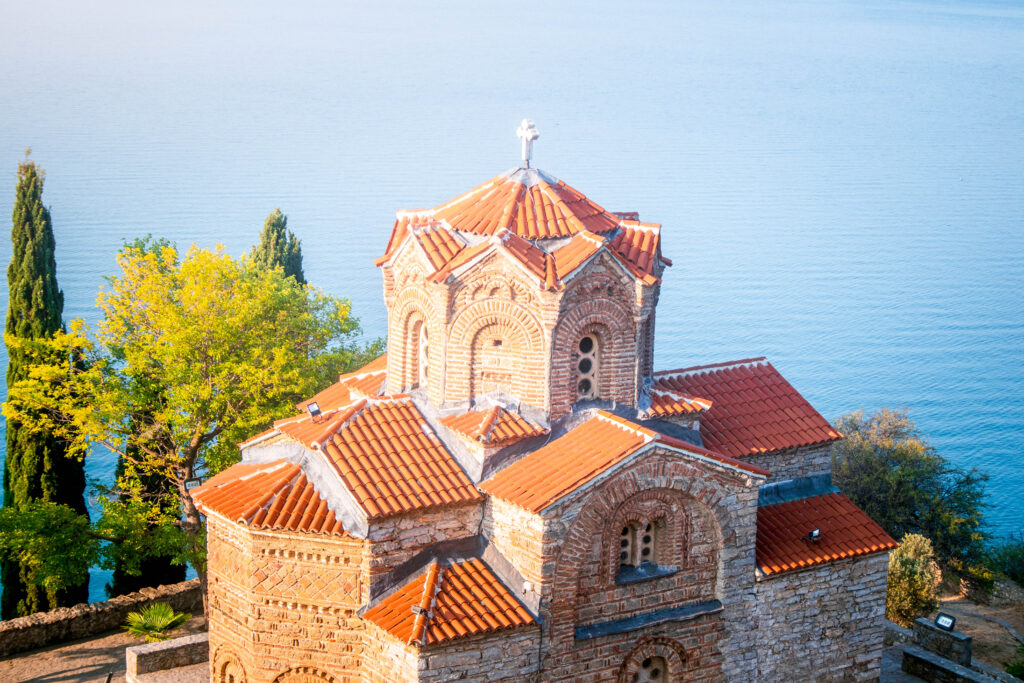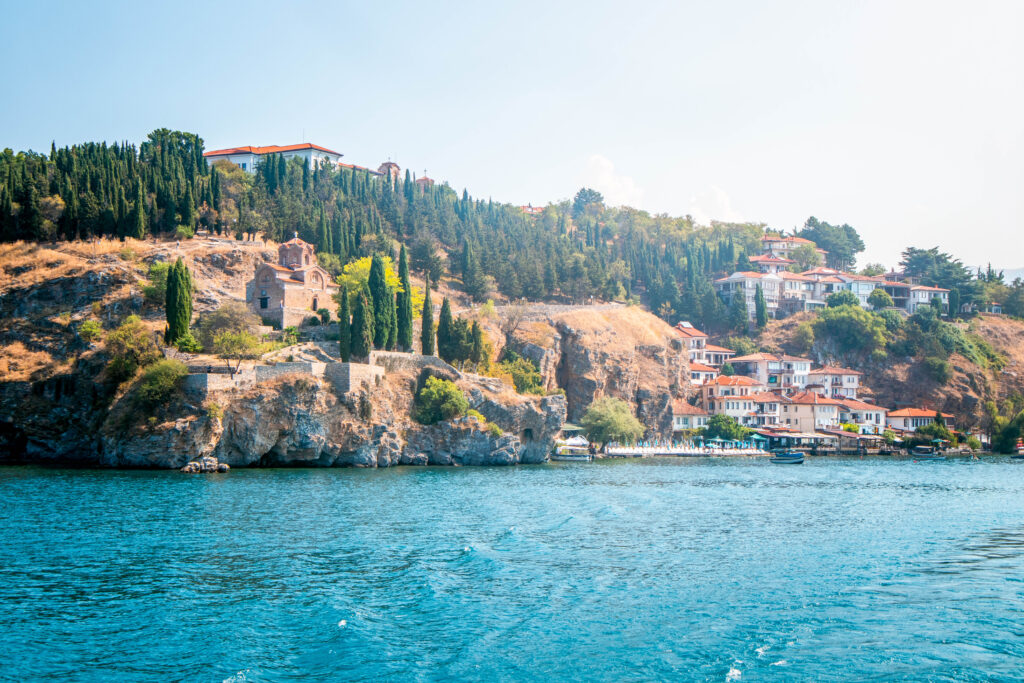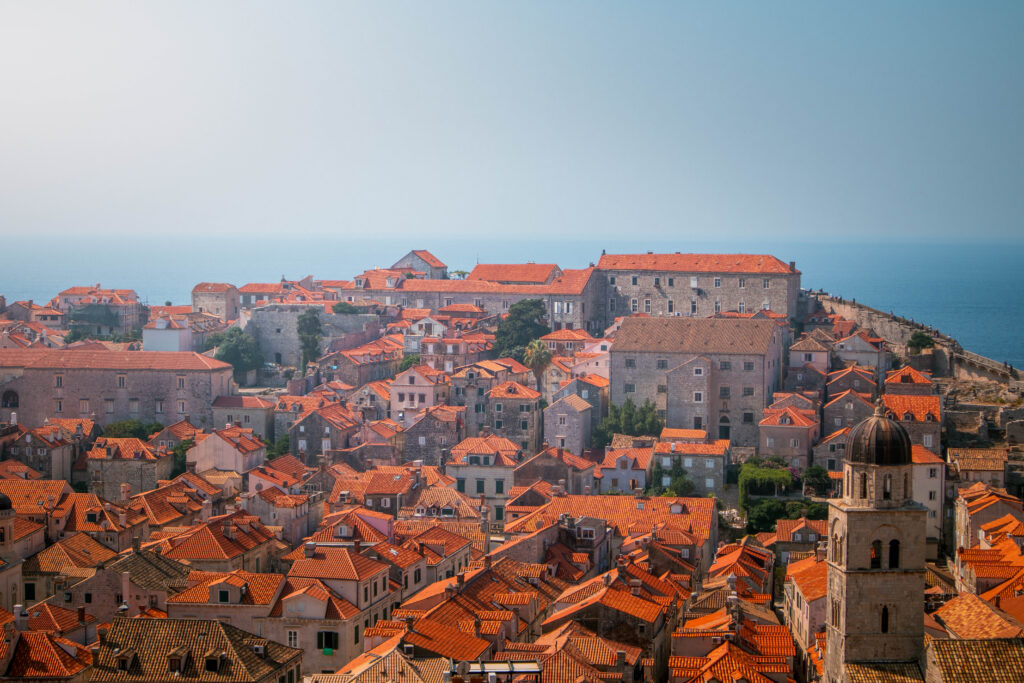Discover the European Bison: Kings of Białowieża
What Do European Bison Look Like?
European bison, also known as wisents, are the largest and heaviest land mammals in Europe. Adult males can weigh up to 920 kilograms and measure over two meters tall at the shoulder. These majestic creatures are characterized by their robust build, massive heads, and short, muscular necks. Their dark brown coats become denser and thicker in the winter, providing insulation against the cold. Despite their size, they are surprisingly agile and can run at speeds of up to 60 kilometers per hour when threatened. Observing their impressive stature and graceful movements in the wild is a truly awe-inspiring experience.
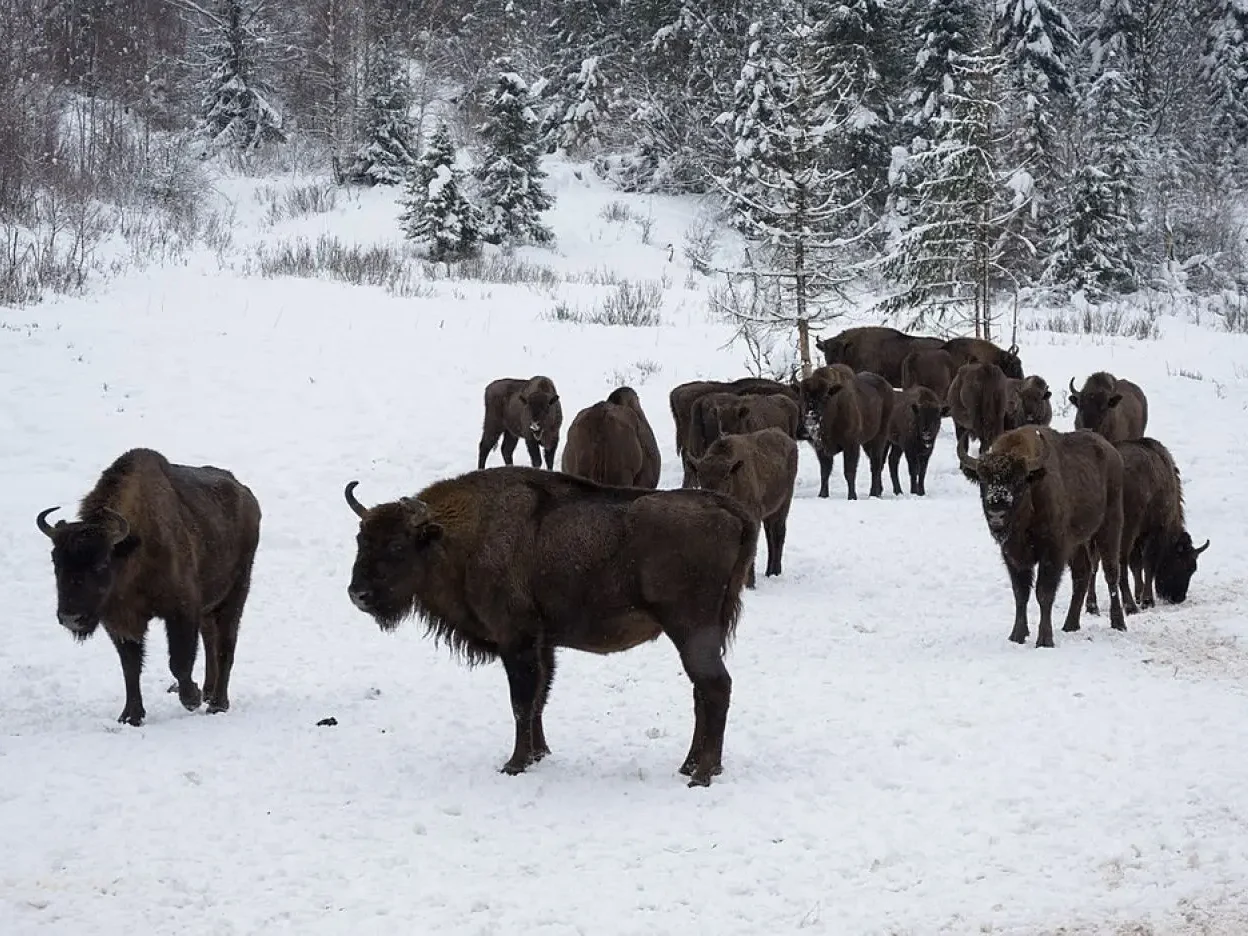
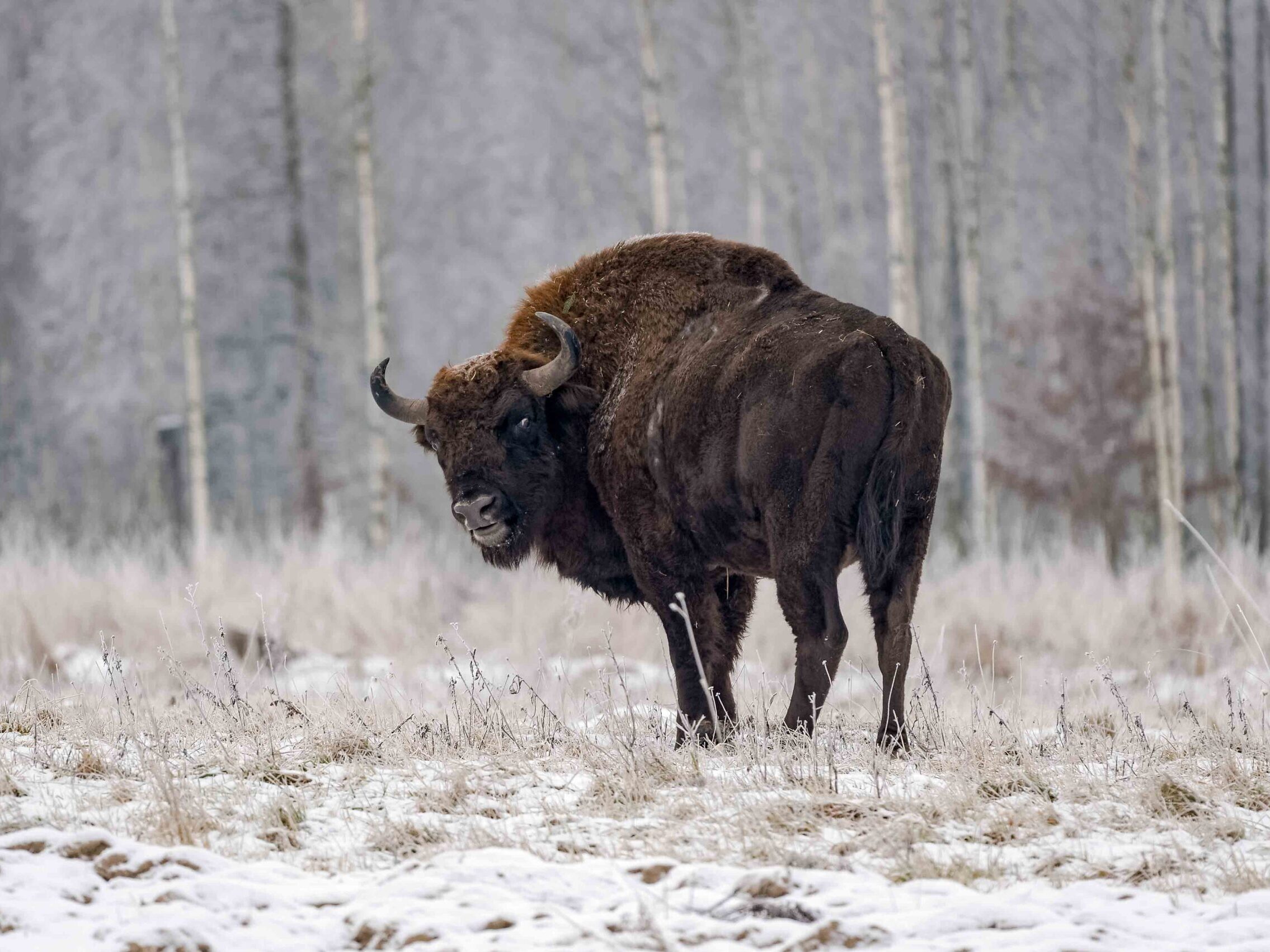
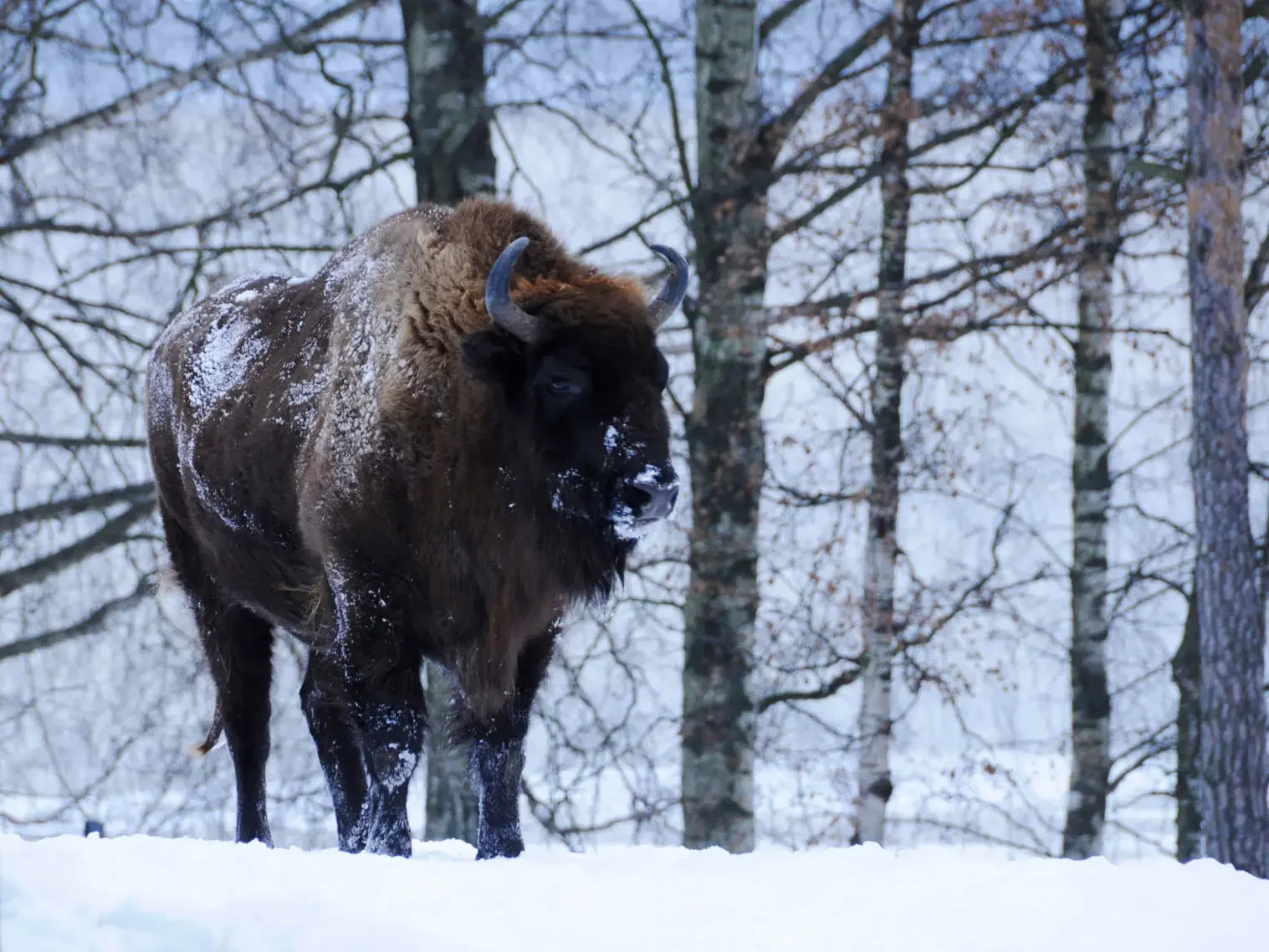
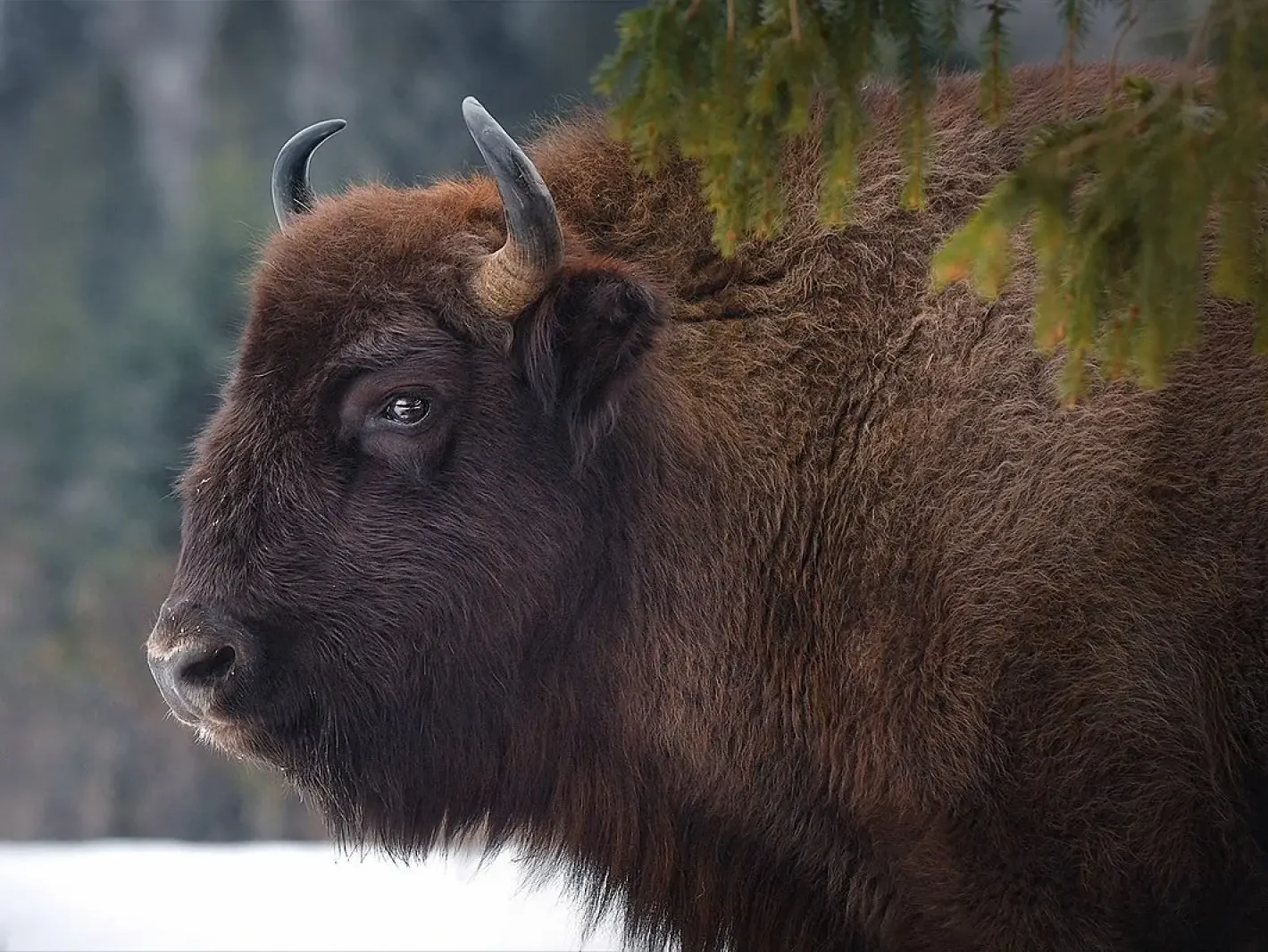
While they share common ancestors, European and American bison differ significantly in appearance and behavior. The former has longer legs, resulting in a leaner, more upright stance, while the latter appears stockier. European bison primarily inhabit forested areas, whereas their American counterparts are associated with open plains. Behaviorally, European bison form smaller, less social herds, whereas American bison often gather in larger groups. These distinctions highlight each species’ adaptability to its environment.
Where Do European Bison Live?
European bison thrive in mixed forests, open meadows, and forest clearings, where they graze on grasses, leaves, and bark. Białowieża Forest, spanning Poland and Belarus, is their primary habitat and one of the last remnants of Europe’s primeval woodlands. The forest offers the ideal environment for bison, with its diverse vegetation and undisturbed landscapes. These animals often favor areas with dense tree cover for shelter and open spaces for grazing. Understanding their habitat preferences can greatly enhance your chances of spotting them during your visit.
The species is also found in other parts of Europe thanks to successful reintroduction programs. Populations have been established in countries such as Germany, Romania, and Czech Republic, where they inhabit nature reserves and protected areas. These reintroduced herds play a vital role in restoring ecosystems, as bison act as keystone species, shaping their environment by grazing, dispersing seeds, and creating habitats for other wildlife.
Understanding the Bison’s Life Cycle
The European bison has a fascinating life cycle. They live in small herds, usually composed of females and their young, while males are more solitary, joining herds only during the mating season. Calves are born in the spring after a gestation period of about nine months. These young bison are highly dependent on their mothers but grow quickly, becoming independent by their second year. In the wild, European bison can live for 15 to 20 years, although this varies depending on environmental conditions and threats. Observing their natural behaviors, from grazing to social interactions, provides insight into their complex and dynamic lives.
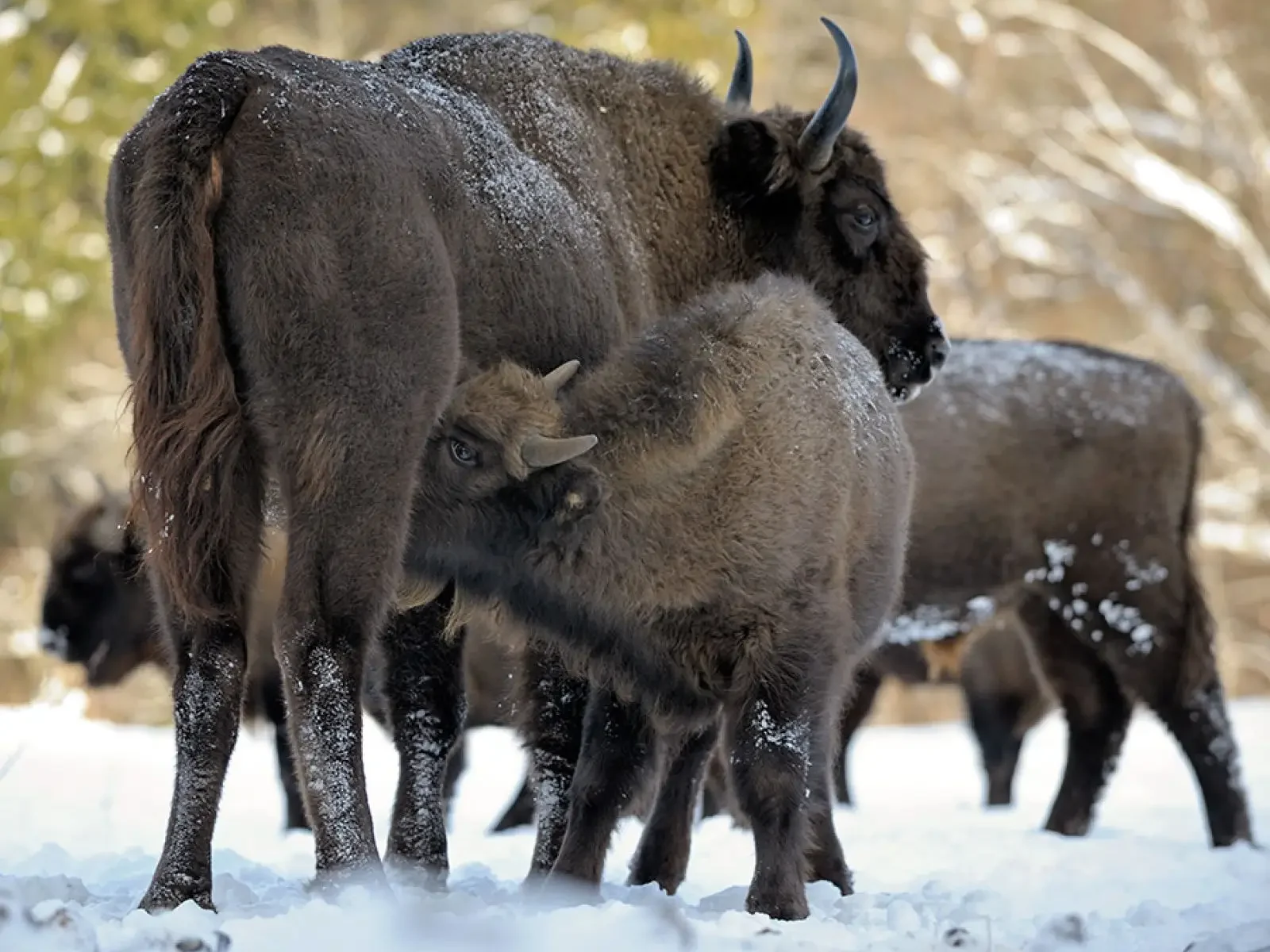
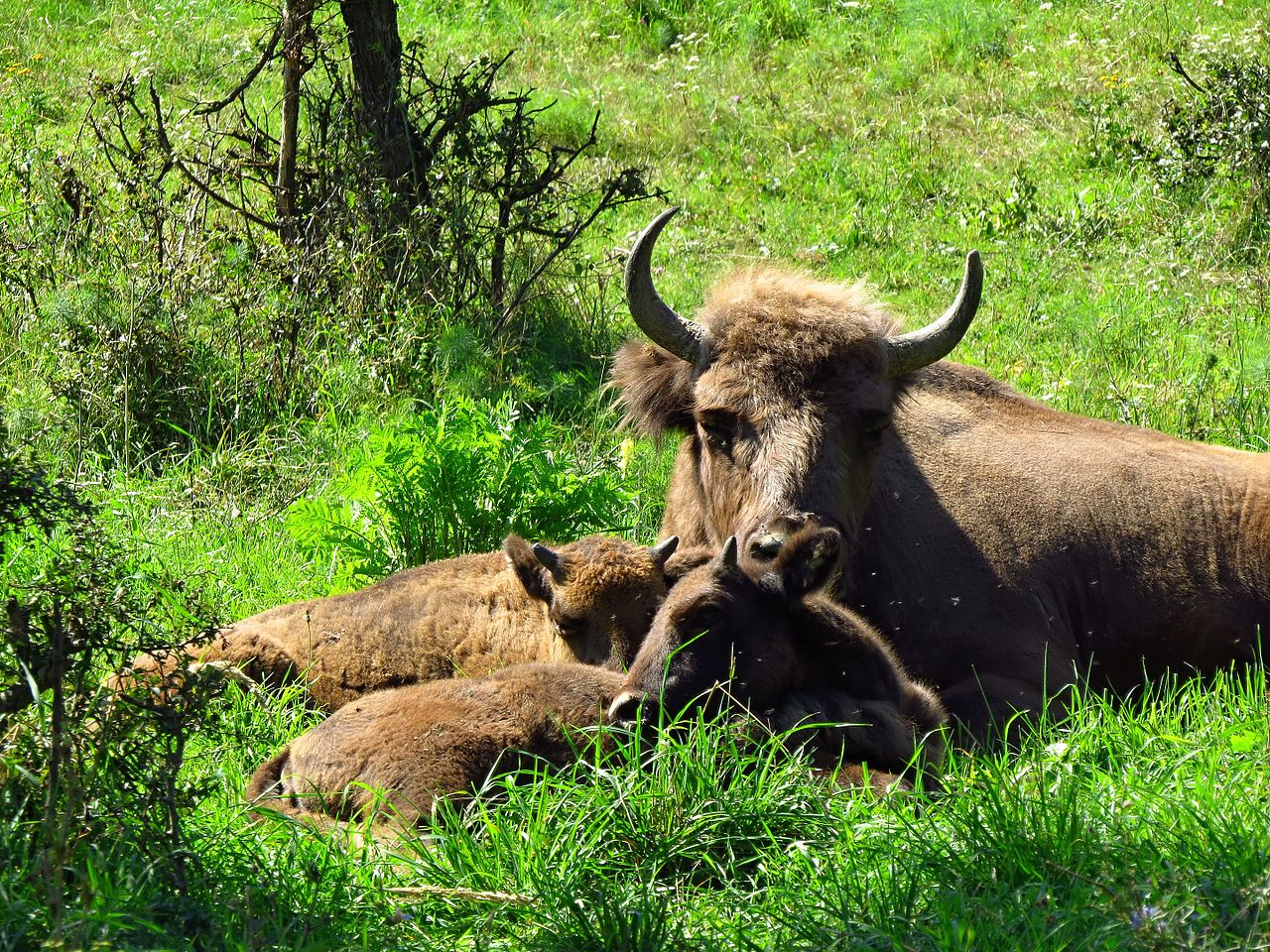
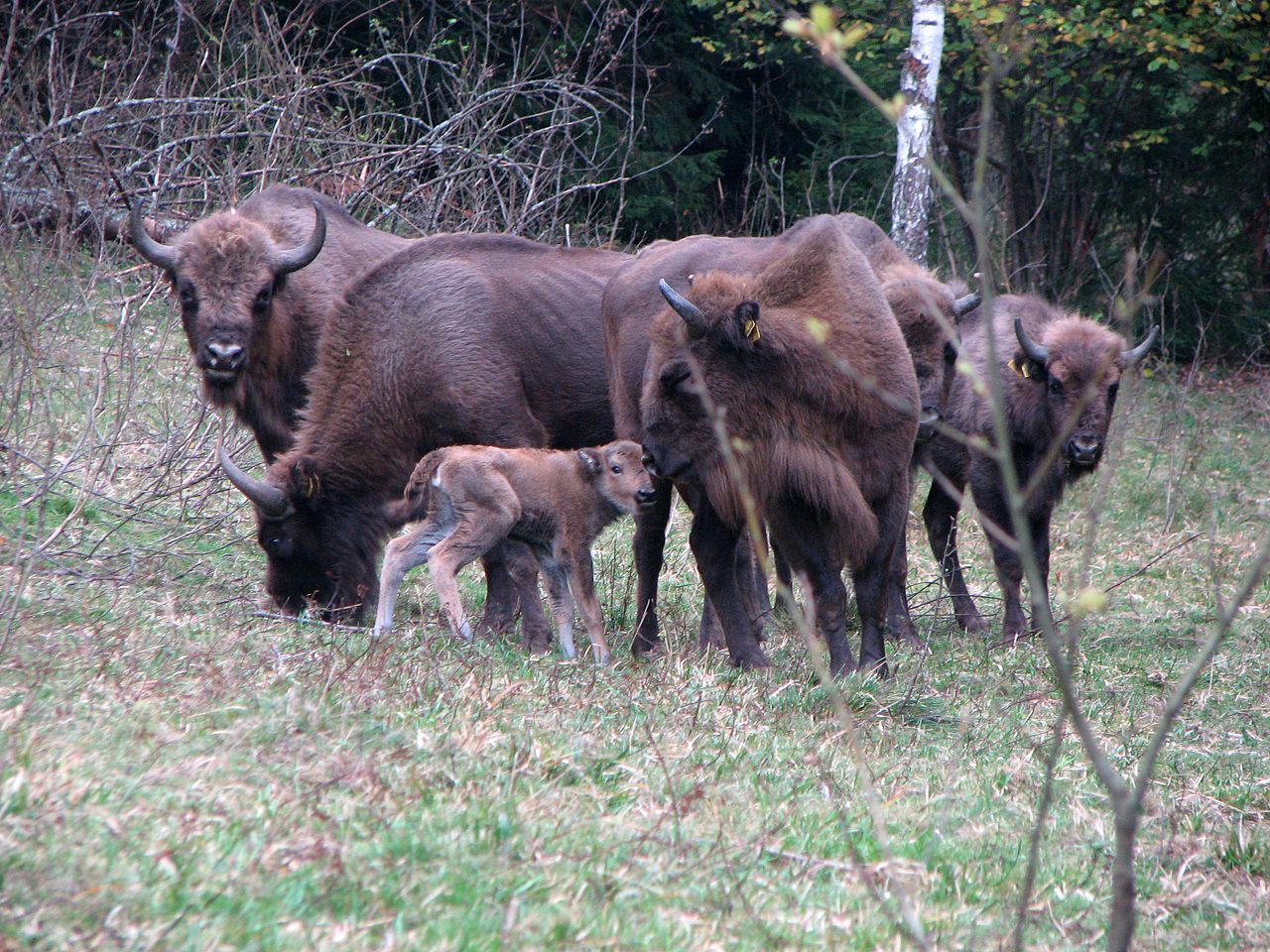
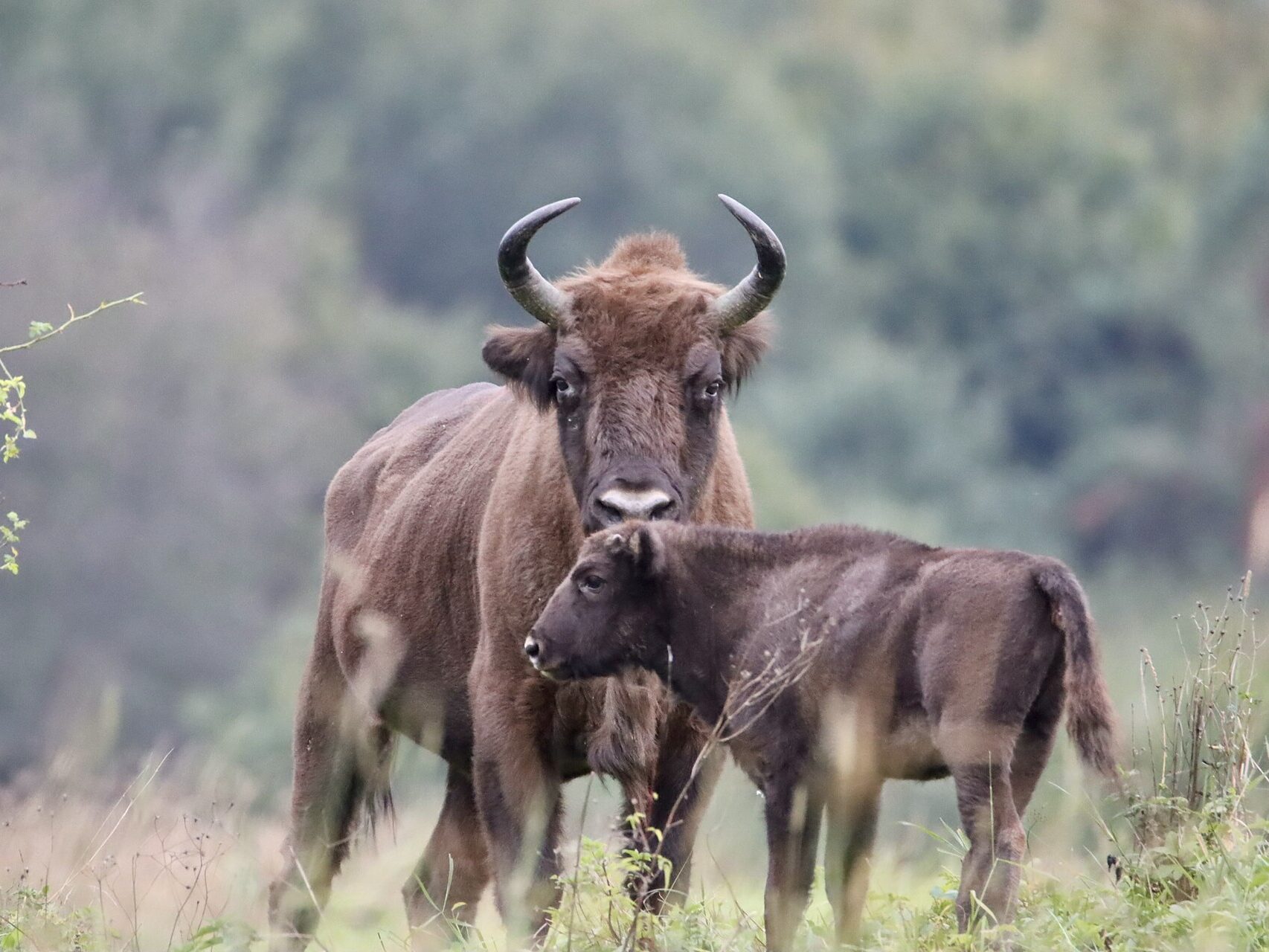
Conservation Success: Bringing Bison Back from the Brink
The story of the European bison is one of remarkable recovery. Once nearly extinct due to hunting and habitat loss, with fewer than 60 individuals remaining in captivity in the early 20th century, conservation efforts have brought their numbers back to sustainable levels. As of 2019, the global population was around 7 500, with a significant portion living in Poland and Belarus. Poland alone is home to over a quarter of the worldwide population, with more than 2 000 recorded at the end of 2019, including 770 individuals in the Białowieża Forest, which serves as a critical stronghold for the species.
Thanks to dedicated breeding programs and reintroduction initiatives, the population has been steadily increasing. Poland is now recognized as a global hub for European bison conservation, playing a pivotal role in preserving this iconic species and ensuring its continued recovery.
These efforts highlight the importance of preserving natural habitats and fostering coexistence between wildlife and humans. Once extinct in the wild, the International Union for Conservation of Nature (IUCN) classified the European bison as an endangered species in 1996, no longer extinct in the wild. Its status has improved since then, changing to vulnerable and later to Quasi menacé.
Le statut de conservation de l'UICN est une norme mondiale pour évaluer le risque d'extinction des espèces, avec des catégories allant de « Préoccupation mineure » à « Éteinte ». Il est largement utilisé par les défenseurs de l'environnement et les gouvernements pour hiérarchiser les efforts de conservation et prendre des décisions éclairées sur la gestion des espèces.
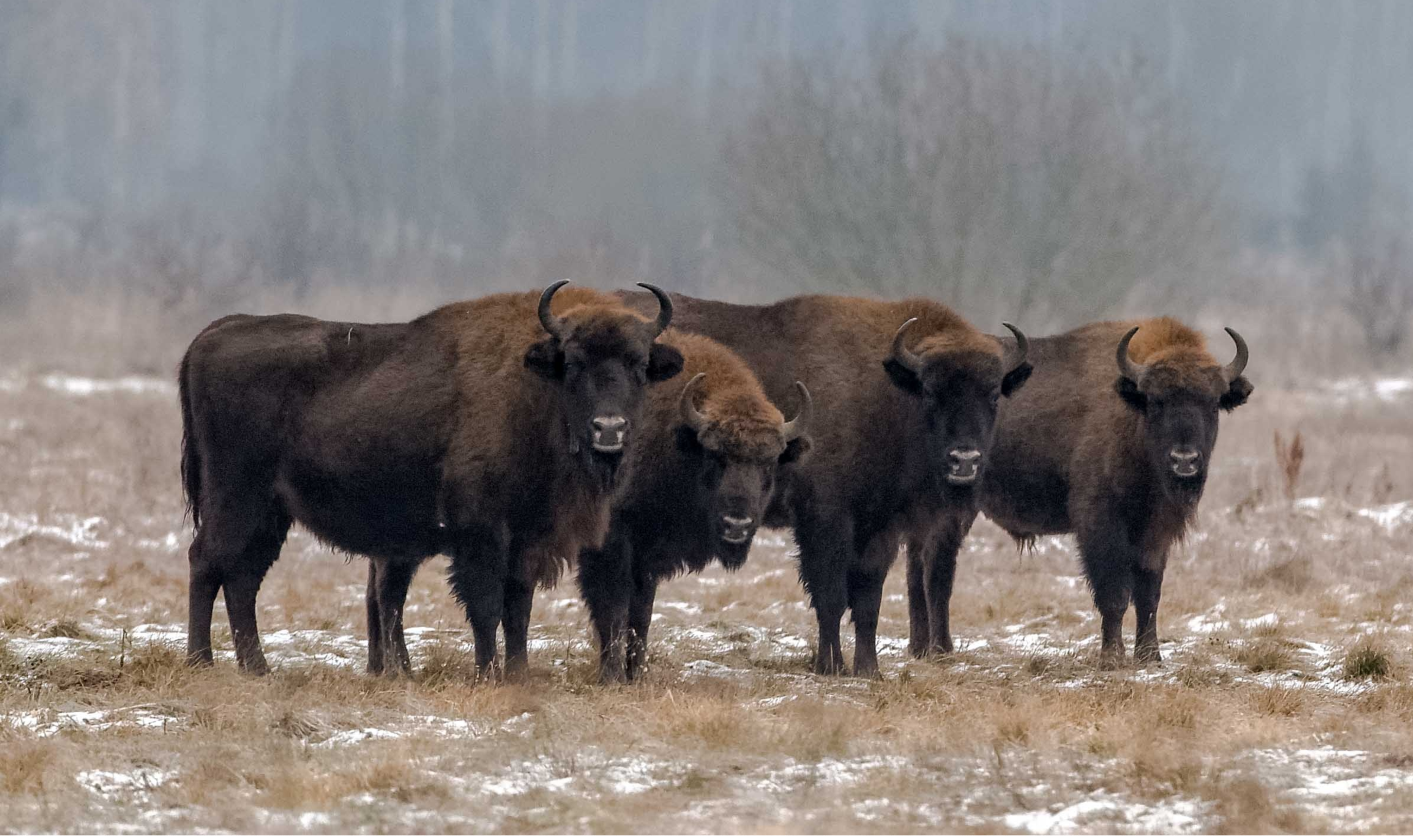
How to Spot European Bison in Białowieża?
Spotting the European bison in the wild is a challenging but rewarding experience. In this section, I will provide you with some tips for maximizing your chances of seeing them while also ensuring that you do not disturb their natural behaviour.
Introduction to Białowieża Forest
Białowieża Forest is a UNESCO World Heritage Site open to the public since 1988. Spanning across Poland and Belarus, this primeval forest is one of the last and largest areas of unspoiled woodland in Europe. It is home to a rich array of flora and fauna, with the European bison as its star attraction. This forest provides a unique opportunity to witness wildlife in its natural setting, free from the confines of captivity. The serene and untouched environment of Białowieża creates the perfect backdrop for wildlife observation. Whether you’re exploring on your own or with a guide, the experience of spotting a bison in the wild is unforgettable, making Białowieża a must-visit destination for nature enthusiasts.
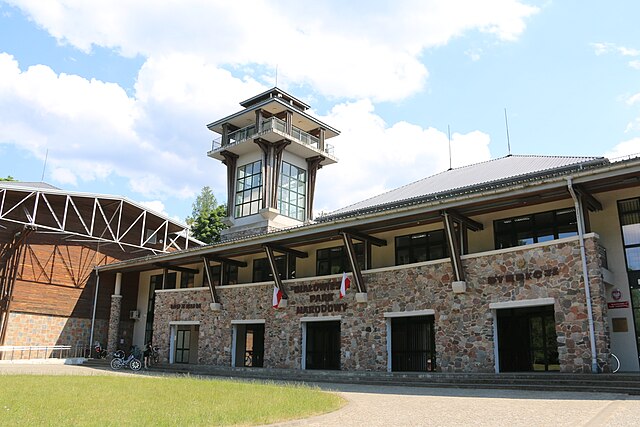
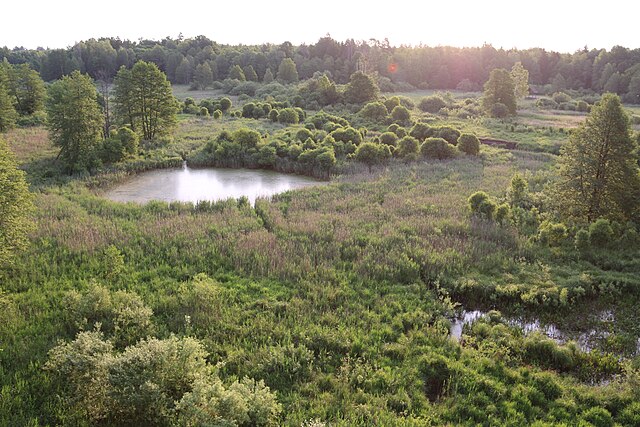
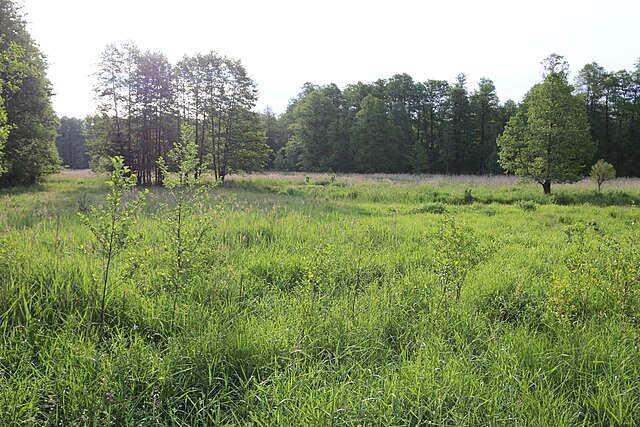
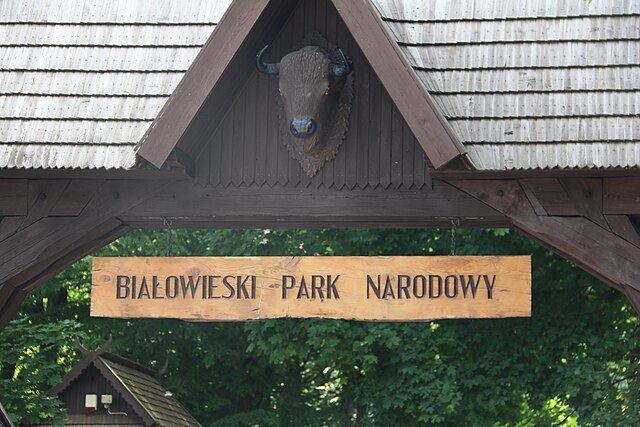
Beyond bison, the park is also home to other fascinating species, including elk, wolves, lynx, and a variety of birds. This biodiversity further enhances the appeal of this area as a premier wildlife observation site. According to the UNESCO, the property protects a diverse and rich wildlife of which 59 mammal species, over 250 bird, 13 amphibian, 7 reptile and over 12 000 invertebrate species.
What are the best areas to spot the European bison in Białowieża Forest?
European bison inhabit the entire Białowieża Forest area, but certain places offer better opportunities for sightings. Open meadows and forest clearings are key areas for spotting these majestic creatures, especially during the early morning and late evening when bison are most active. In the forest depths, bison are more elusive and tend to retreat into its heart, an area known as Orłówka. Access to this protected core is limited to guided tours with accredited park guides, offering a rare glimpse into this untouched biodiversity hotspot. Outside this zone, visitors can rent bicycles to explore the forest trails.
Exploring by yourself
For those who prefer independent exploration, Białowieża Forest offers several opportunities to observe bisons in a self-guided manner.
- Observation towers: The forest is traversed by a main road with accessible observation towers providing excellent vantage points for wildlife spotting. These towers are free to use and are particularly rewarding during the early hours of the day when bison are most active. Driving or cycling between these towers allows for flexibility and an authentic connection with the natural surroundings.
- Meadows near Kamienne Bagno street: Many sightings occur at sunrise or sunset in the meadows close to Kamienne Bagno street, which can be visited without a guide. Just be sure not to cross the fence marking the boundary of the national park, as it is not permitted. No specific part is known to be better than others for sightings: bison have been observed both to the west, near the entrance to the national park, and to the east, behind the park’s fences. Exploring this area may lead to a chance encounter with a bison (or even an entire herd if you are extra lucky)!
- Kosy Most viewing area: this designated area – created and managed by the Natural park’s administration – features a viewing platform at the forest edge and feeding racks stocked with hay during winter months.
- Forest walk: Walking along the forest trails can also lead to serendipitous encounters with bison. Stay observant of signs of their presence, such as tracks, droppings, or grazed vegetation. Please note that without a guide, sightings in the forest remain very unlikely.
Joining a wildlife-watching tour
Hiring a guide can significantly enhance your chances of spotting European bison while providing valuable insights into their behavior and habitat. Accredited park guides have exclusive access to the heart of the forest, known as Orłówka, a protected area that serves as a biodiversity hotspot. Guided tours often include educational components, helping visitors understand the ecosystem and the critical role of bison within it. Tours typically start at dawn, when wildlife activity is at its peak. Some guides use their deep knowledge of the forest and tracking skills to bring you to areas where bison are frequently observed.
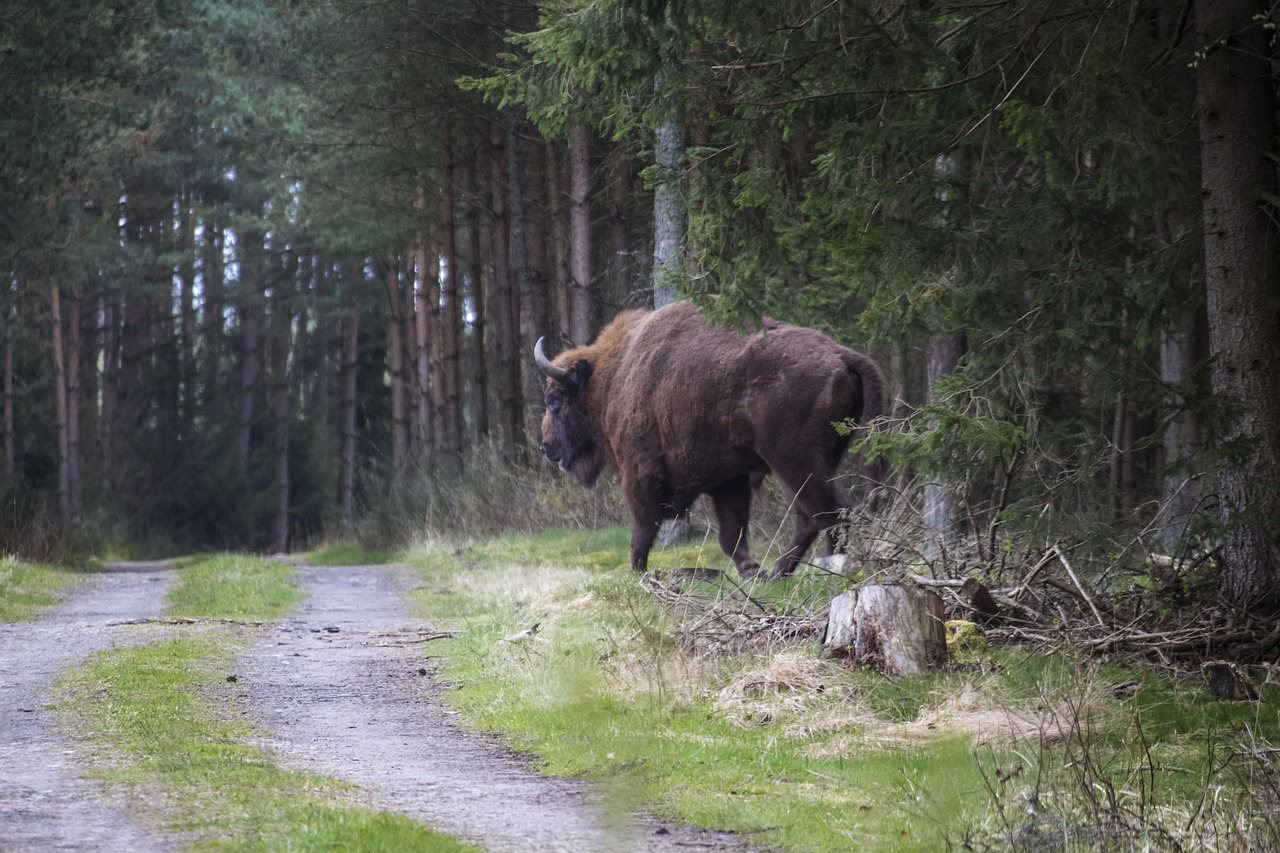
Visiting the Bison Show Reserve (Not recommended)
Le Bison Show Reserve (Pokazowa Zagroda Żubrów) is a semi-natural enclosure located about 4 kilometers from Białowieża Village, along the road to Hajnówka. It houses a small population of bisons alongside other animals like elk, wolves, lynx, and wild horses. While the reserve provides an opportunity to observe these creatures up close, it is important to recognize its limitations.
Despite efforts to maintain naturalistic settings and provide educational value, animals here live in enclosures and are not free-ranging, which detracts from the authentic wildlife experience. This diminishes the authenticity of the experience and does not align with the principles of ethical wildlife tourism. Observing animals in enclosures, no matter how spacious, cannot compare to witnessing them in their natural habitat. The reserve may be suitable for those unable to venture into the forest, but it falls short for visitors seeking a genuine connection with nature.
For a more meaningful experience, focus on guided or self-guided exploration within Białowieża Forest, where bison roam freely and on their own terms. Choosing to prioritize these ethical approaches supports conservation efforts and promotes the preservation of wild habitats.
Tips for observing the European bison
Spotting an European bison in Białowieża can be challenging and requires patience and a bit of luck. However, with the right approach, anyone can increase their chances of success. The base strategy is to select a well-positioned observatory that offers an expansive view of the terrain, including grassland clearings in addition to the scrub. By choosing the right vantage point and remaining patient, it is possible to catch a glimpse of this magnificent creature.
Another thing to keep in mind is that bison behavior shows significant seasonal variation, which affects their distribution across the forest. During winter, food becomes scarce, and as a result, the likelihood of encountering bison randomly in the forest decreases. The herds tend to congregate around supplementary feeding stations and spend more time in the meadows. However, these feeding sites are generally off-limits to visitors without a guide, with the exception of the one at Kosy Most, which offers a free designated viewing area.
When observing bisons, it’s essential to prioritize their well-being and minimize human impact. Here are some tips to follow to maximise your chances:
- Restez calme et distant : Maintain a safe distance of at least 50 meters to avoid disturbing the animals or causing them stress.
- Pay attention to body language: Should the bison appear restless, stomping its feet, or showing signs of agitation, back away slowly. This will defuse the situation and allow you to continue observing from a safe distance. Most of the time, if you maintain the right distance, bison will not be overly scared and may even appear curious. Keep in mind that female bison with calves are particularly sensitive, and may flee at the first sight of humans.
- Choisissez le bon moment : Dawn and twilight are the most active times for bison. Seasonal behavior also matters: during the winter months, when food in the forest is scarce, the bison tend to spend more time in the meadows.
- Utilisez le bon équipement : Des jumelles de bonne qualité – voire un télescope – sont indispensables pour observer la faune. Si vous comptez photographier le lynx, je conseille d'utiliser un appareil photo couplé à un téléobjectif avec au moins une focale de 300 mm.
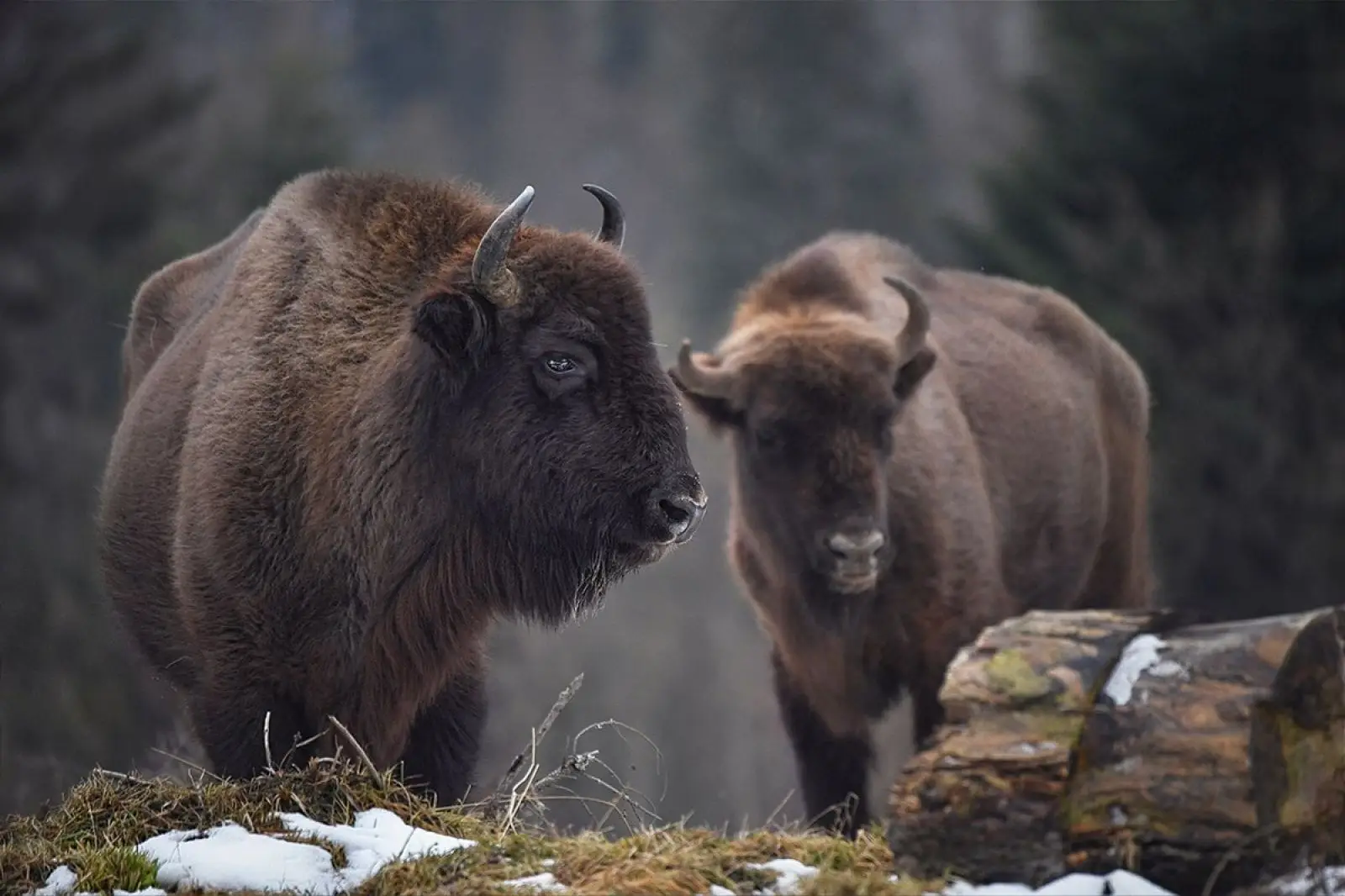
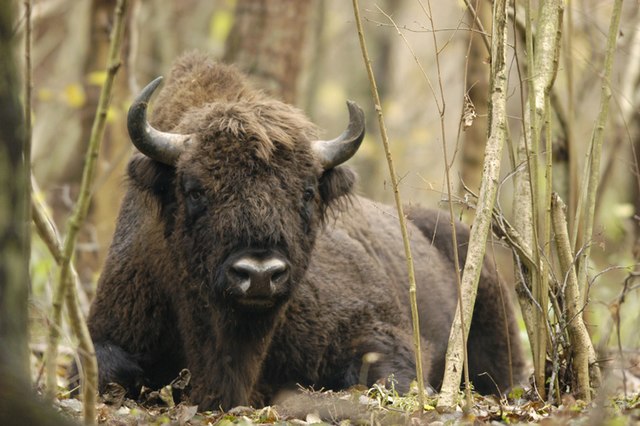
Responsible Tours and Guides specialised in European bison observation
Joining a guided tour can provide additional insights and ensure that your visit adheres to ethical practices. Guides are mandatory if visitors wish to access the protected Orlówka area of Białowieża National Park, where permits are required. These guides often possess in-depth knowledge of bison behavior and habitats, increasing the likelihood of sightings while ensuring minimal disturbance to the animals.
Experienced guides can take you to hidden spots within the forest where bison are known to roam. Tours can be booked with departures from Warsaw or directly from Białowieża, the latter being ideal for observing bison during their most active hours at sunrise or sunset. A typical trip lasts about 3-4 hours and starts before dawn. The tour typically involves driving through the glades and meadows, with short walks of up to 4 km.
Guided excursions often include educational components, helping visitors understand the ecosystem and the role of bison within it. In winter, some tours may also visit feeding stations, offering a chance to observe bison in semi-wild conditions while learning about conservation efforts.
Planning your trip to Białowieża Forest
Getting to Białowieża Forest
Reaching Białowieża Forest is relatively straightforward, especially if you travel by car. Unfortunately, there are no train station in Białowieża, so most journey through public transport will involve a stop in Bialystok or Hajnówka, the nearest towns. Alternatively, guided tours often include transportation from major cities, offering a hassle-free way to reach the forest.
By Car (from Warsaw)
By Sokolow Podlaski (approximately 210 km): From Warsaw go on the road No. 637 through Stanisławów, Węgrów, Sokołów Podlaski, Drohiczyn and Siemiatycze, then continue on road No. 693 and 691 by Kleszczele, Hajnówka and road No. 689 will get you to Bialowieza.
By Ciechanowiec and Bielsk Podlaski (approximately 230 km): From Warsaw, take road No. 8 in the direction of Białystok, after Wyszków turn on road No. 694 to Brok, then from Ciechanowciec continue on road No. 681 to Brańsk. Next turn on the road No. 689 and going through Bielsk Podlaski, Hajnówka you will get to Bialowieza.
By Zambrów (approximately 250 km): From Warsaw take the road No. 8 to Zambrów, then follow the on the road No. 66 to Bielsk Podlaski, and then change the route on the road No. 689 by Hajnówka to Bialowieza.
By Public transport (from Warsaw)
- By Hajnówka: Take a bus or a train from Warsaw to Hajnówka, which takes approximately 4 hours. Then, you may reach Białowieża either with a short taxi ride, or a local bus that runs a couple times a day (access to the bus timetable here) from the “Hajnówka ul. Dworcowa” bus stop. A single ride lasts around 30 min and the ticket costs 8 PLN.
- By Bialystok: Travelling by train from Warsaw to Bialystok takes about 2.5 hours. The, from Bialystok to Bialowieza, there are some buses (from PKS) that make the journey under 2 hours and for approximately 20 PLN.
Best places to stay near Białowieża Forest
Accommodation options near Białowieża cater to a range of preferences and budgets. Eco-lodges and guesthouses provide a cozy and sustainable stay, often featuring traditional Polish hospitality and locally sourced meals. For a more immersive experience, consider camping sites located close to the forest. Many accommodations also offer packages that include guided tours and wildlife excursions, making it convenient to explore the area. Booking in advance is recommended, especially during peak seasons, to secure your preferred lodging. Staying near the forest allows you to fully immerse yourself in the serene beauty of the area while maximizing your chances of spotting wildlife.
🛏️ Voir plus available accommodations near Białowieża Natural park.
Please note that the prices mentioned above are indicated per night and based on the prices of January 2024. They are subject to fluctuation according to supply and demand, time of the year, and the will of the owners.
BONUS: Map of Białowieża
To help you make the most of your time in Białowieża , I created a map that highlights the main viewpoints, trails and facilities. I hope you will enjoy it!
💡 Pour naviguer sur cette carte, utilisez simplement la souris de votre ordinateur pour zoomer en avant ou en arrière. Vous pouvez cliquer sur les icônes pour obtenir plus d'informations sur chaque emplacement et accéder à l'index en cliquant sur la flèche dans le coin supérieur gauche. De plus, si vous souhaitez enregistrer la carte sur votre compte Google Maps, cliquez sur l'étoile à côté du titre de la carte. Pour afficher votre carte enregistrée sur votre smartphone ou votre PC, ouvrez Google Maps et accédez à "Vos lieux" ou "Cartes" dans le menu. Si vous souhaitez imprimer la carte ou l'afficher dans une fenêtre plus grande, cliquez simplement sur "Afficher une carte plus grande" dans le coin supérieur droit.
I hope this article about how to spot the European bison in Białowieża has been helpful and informative!

